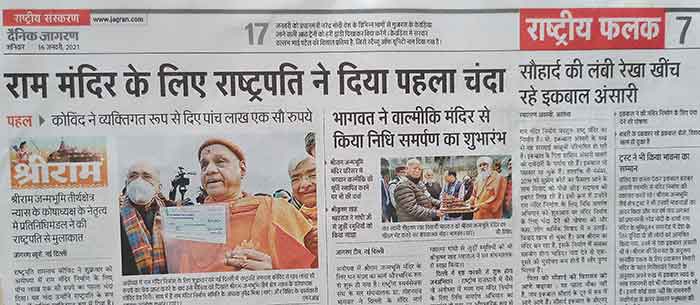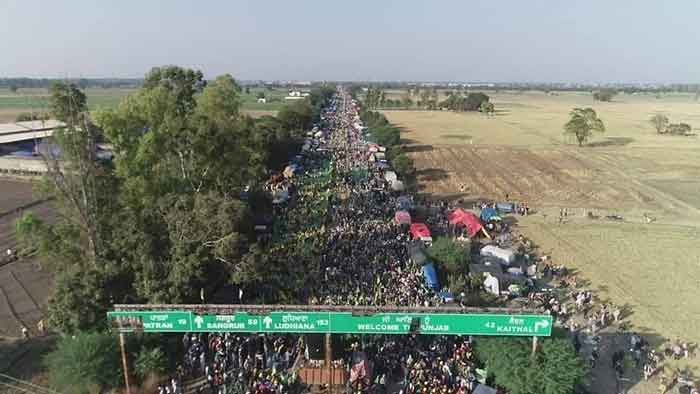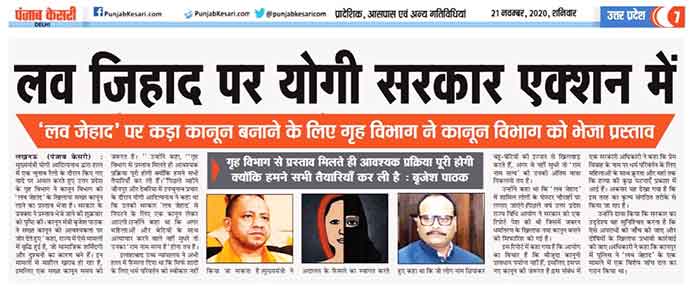
With India Nepal relations entering a deep freeze, a section of Indian media, particularly Hindi, has turned ultra-nationalist, uncritically toeing the establishment’s line.
Ever since Nepal opposed India laying a road on the border and claiming Limpiyadhura, Lipulekh, and Kalapani as parts of its territory, the media has failed to analyse the situation critically. Instead of taking the matter seriously, it seems to have shrugged off Nepal’s claim. Sadly, the “watchdog” of the “largest” democracy has not shown the courage to question the Government’s foreign policy.
Last week two developments further strained the relations of two South Asian countries. On Friday Nepal’s Armed Police Force, deployed on Sarlahi district near Sitamarhi border in Bihar, fired on a group of people, injuring three Indians. One of the injured, Vikash Yadav, succumbed to his injuries.
Next day Nepal’s Lower House of Parliament unanimously endorsed the constitutional amendment to “update the country’s new political map”. The new political map drawn by Nepal lays claim on Limpiyadhura, Lipulekh, and Kalapani as parts of Nepal. The Nepalese leaders, speaking in the House, made a demand that these areas should be given back to Nepal’s possession.
Taking a strong objection to the latest development in the Himalayan republic, India has stated that Nepal’s new map has included “parts of Indian territory”. The official spokesperson of the Ministry of External Affairs has issued a statement: “We have noted that the House of Representatives of Nepal has passed a constitution amendment bill for changing the map of Nepal to include parts of Indian territory… This artificial enlargement of claims is not based on historical facts or evidence and is not tenable. It is also violative of our current understanding to hold talks on outstanding boundary issues”.
While covering the incident of the firing, a section of Hindi media has not maintained restrain. For example, Dainik Jagran (National, June 13, 2020, p. 1) gives a sensational heading: “Nepali armed forces fire indiscriminately, one Indian dies” (Nepali shasatra balon ne ki andhadhundh firing, Bhartiya ki maut). Much similar was the headline of Navbharat Times (June 13, 2020): “Sitamarhi: Nepal armed police fires bullets indiscriminately, one Indian dies, two injured (Sitamarhi: Nepal shastra police ne andhadhundh barsayi goliyan, ek Bharatiya ki maut, 2 ghayal).
Hindi news channel Zee News goes on to allege that Nepal is doing all this at the behest of China. In a program, the news channel calls the entire incident as “Nepal’s ‘Pakistani act’ on the border”. Its broad argument is that the script is prepared by China and Nepal is just following it.
But one may argue how is media wrong in criticizing the firing by Nepali police and blaming China? No one is stopping the media from criticizing the Nepalese forces. In the past, the Nepali forces have violated human rights. But the media, before jumping to a conclusion, should have looked at these highly sensitive issues holistically. While the grievances of the victims are legitimate, the media should have also gone into the causes of the firing. It should have carefully examined the merit of the statement of the Nepalese authority. For example, the Armed Police Force, have contended that the firing took place when the Indian traders–having been stopped from entering Nepal–turned violent. Even The Indian Express (June 13, 2020)—in its reporting that draws on the “sources in Sashastra Seema Bal (SSB)–mentions the term “altercation”. The English daily have reported that when the Indians entered Nepal, they were “stopped by Nepal APF and an altercation ensued”.
The media often forgets that a balanced reporting can sometimes help in dousing a fire. It helps citizens become better informed. Well-informed people in a democracy, in turn, create a public opinion against the war.
But Hindi daily Haribhoomi does not care about it. On the passing of the new map by Nepalese parliament, the Hindi daily (Raipur, June 13, 2020, p.1) stoops so low in portraying the incident as “gall” (dussahas) of “younger brother” (chhota bhai) Nepal. It runs a highly objectionable heading: “The gall of younger brother Nepal: Having laid claim on India’s territory, the [new] map gets approved by Parliament (Chhote bhai Nepal ka bada dussahas: Bharat ke hisse ko apna batakar naqsha ko sansad men di manzoori)”.
Before calling Nepal as “younger brother” of India, Haribhoomi should have kept the basics of international relations. Nepal, like India, is a sovereign country. Nepal, like India, is a member of the United Nations. Both India and Nepal enjoy equal weightage in voting there. That is why calling Nepal a “younger country” is highly problematic.
On the approval of the new map, Dainik Jagran (National, June 14, 2020, p. 8) was quick to pen an editorial with the title “Nepal creating enmity” (Bair badhata Nepal). The editorial alleges that the “communist” government in Nepal is working at the behest of the establishment of “communist” China.
But what is the way out? In a separate story, Dainik Jagran (13 Jun 2020) claims that the Uttar Pradesh Chief Minister Yogi Adityanath could play a big role in resolving the border dispute with Nepal. The Hindi daily contends that the royal family of Nepal considers the guru (spiritual guide) of Gorakhnath as its “raj guru” (royal spiritual guide) and the Gorakhnath temple, thus, can play a big role in resolving the dispute. Remember that Yogi Adityanath is the current Mahant (chief priest).
Put differently, the Hindi daily is of the opinion that the “communist” Nepal can become India’s friend if Yogi Adityanath takes up “spiritual” diplomacy. But the Hindi daily forgets that a verbal spat took place between Yogi Adityanath and Nepalese Prime Minister K.P. Sharma Oli not long ago.
Weeks ago Yogi Adityanath also made an irresponsible statement about Nepal, “The two countries have cultural, historical and mythological links that date back to several centuries and Nepal should remember this”.
The Nepalese Prime Minister hit back at him: “Chief minister of Uttar Pradesh Adityanath ji has said certain things about Nepal. His comments are inappropriate and not legitimate. He is not in a decision-making capacity in the Central government of India. His comments are in the capacity of a chief minister and these should not have been made. If he is trying to threaten Nepal with these comments, this is condemnable. His remarks showed disrespect to Nepal. I want to tell Yogi ji that Nepal doesn’t accept these insult”.
Apart from Nepal, India’s relations with China have also been strained. The Defence Minister Rajnath Singh has already accepted the entry of the Chinese forces into the Indian territory: “a sizeable number of Chinese people have also come (Aur acchi khasi sankhya mein Cheen ke log bhi aa gaye hain)”. But the media, instead of questioning the establishment, is busy with questioning the opposition for questioning the Government over the foreign policy. The media has again ignored a serious concern raised by the USA about the attacks on religious freedom in India.
Patriotism is not the name of singing hymns in praise of the ruling classes. It is in fact questioning those who are in power. The “fourth pillar” of India’s democracy can still play an active and constructive role in creating an informed public opinion. This will definitely help India in solving disputes with its neighbouring countries.
(Abhay Kumar is a Ph.D. from JNU. He is broadly interested in Minority and Social Justice. Earlier, he held a Post-Graduate Diploma in English Journalism from Indian Institute of Mass Communication, New Delhi and worked as a Delhi-based reporter with The Indian Express. You may write to him at [email protected]).
SIGN UP FOR COUNTERCURRENTS DAILY NEWSLETTER
















































